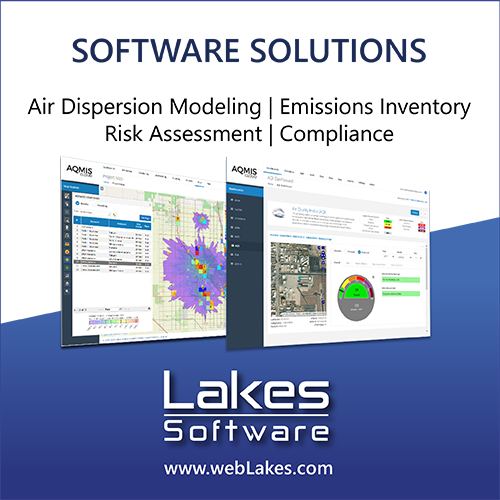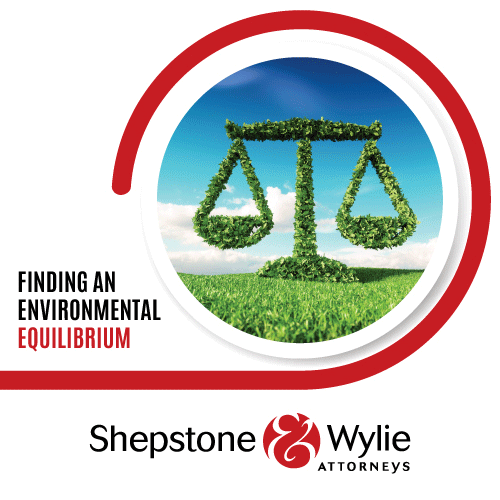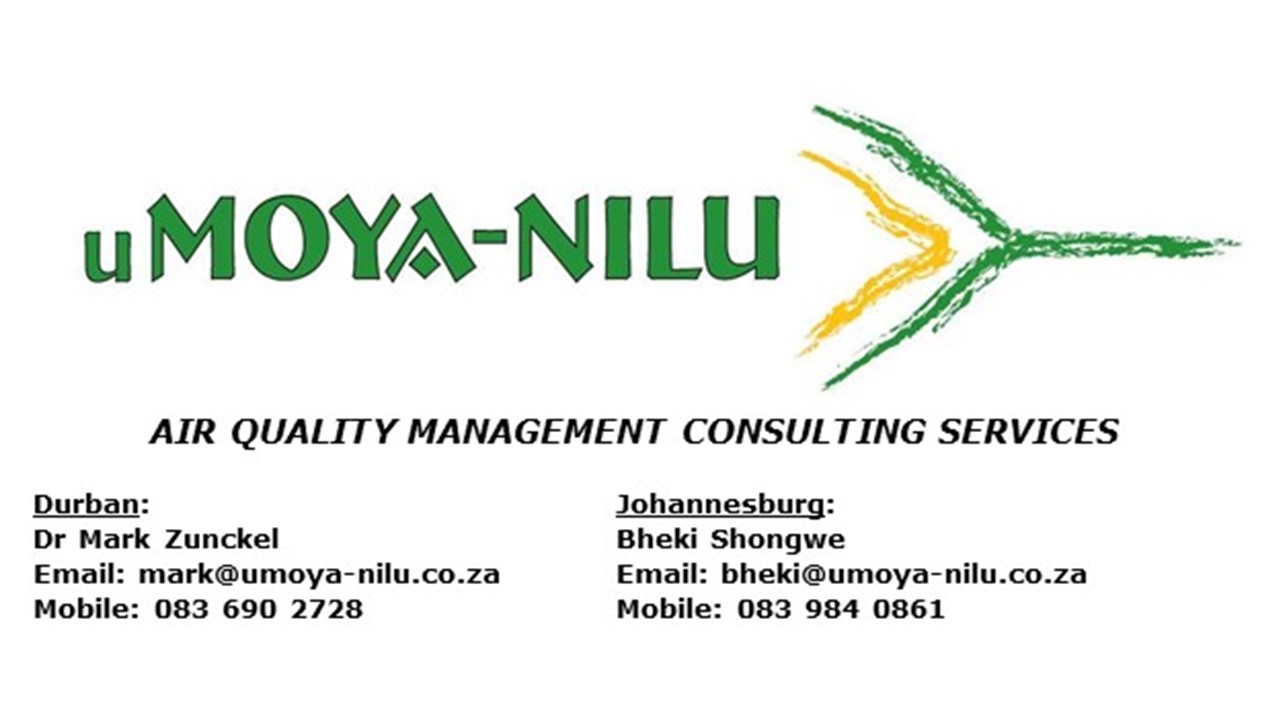Exploring PM2.5 variations from calibrated low-cost sensor network in Greater Kampala, during COVID-19 imposed lockdown restrictions: Lessons for Policy
DOI:
https://doi.org/10.17159/caj/2022/32/1.10906Keywords:
Ambient air quality, COVID-19, Low-cost sensors, Urban air quality, sub-Saharan AfricaAbstract
Air pollution is considered a major public health risk globally, and the global South including sub-Saharan Africa face particular health risks, but there is limited data to quantify the level of pollution for different air quality contexts. The COVID-19 lockdown measures led to reduced human activities, and provided a unique opportunity to explore the impacts of reduced activities on urban air quality. This paper utilises calibrated data from a low-cost sensor network to explore insights from the diverse ambient air quality profile for four urban locations in Greater Kampala, Uganda before and during lockdown from March 31 to May 5 2020, highlighting the uniqueness of air pollution profiles in a sub-Saran Africa context. All locations saw year to year improvements in 24-hour mean PM2.5 between 9 μg/m3 and 25 μg/m3 (i.e. 17-50% reduction from the previous year) and correlated well with reduction in traffic (up to approx. 80%) and commercial activities. The greatest improvement was observed in locations close to major transport routes in densely populated residential areas between 8 pm and 5 am. This suggests that the reduction in localised pollution sources such as nocturnal polluting activities including traffic and outdoor combustion including street cooking characteristic of fast-growing cities in developing countries, coupled with meteorological effects led to amplified reductions that continued well into the night, although meteorological effects are more generalised. Blanket policy initiatives targeting peak pollution hours could be adopted across all locations, while transport sector regulation could be very effective for pollution management. Likewise, because of the clustered and diffuse nature of pollution, community driven initiatives could be feasible for long-term mitigation.
Downloads
Downloads
Published
Issue
Section
License
Copyright (c) 2022 Paul Green, Deo Okure, Priscilla Adong, Richard Sserunjogi, Engineer Bainomugisha

This work is licensed under a Creative Commons Attribution 4.0 International License.

All articles are published under a Creative Commons Attribution 4.0 International License; copyright is retained by the authors. Readers are welcome to reproduce, share and adapt the content without permission provided the source is attributed.








.png)